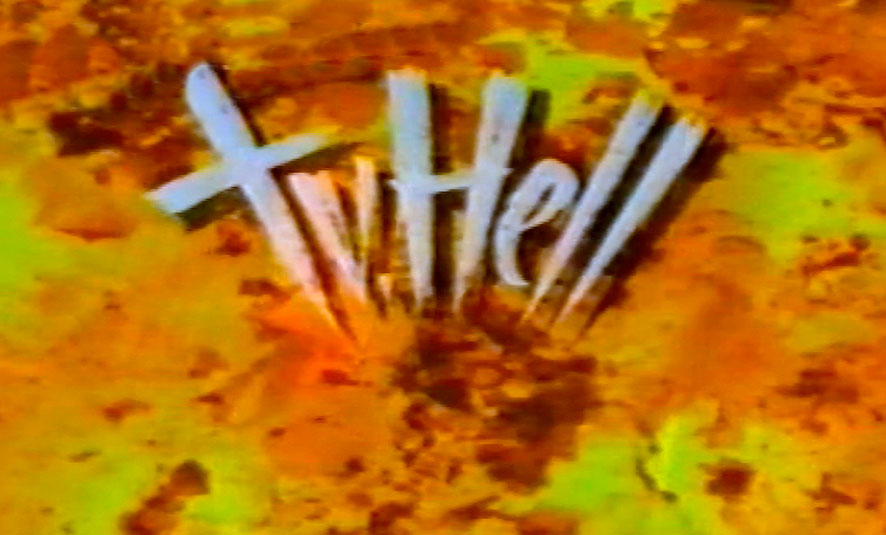
In which TVC lays out the ground rules for an entertaining and informative night of special programming, and why when all are applied, it proves 1992’s August Bank Holiday descent into madness, TV Hell, was the best theme night television has ever had.
1. Be from before 2000
Of the many things brought about by the I Love… series that year, it may be the most damning is the reduction it caused to the noble art of the theme night. Once their scarcity and uniqueness – a night of special programming on a theme! Just for us! And often for the best reason, that is to say no good reason! – meant BBC2 were willing to go the extra mile in more than just handing over the hours on a Saturday or Bank Holiday Monday night, creating bespoke idents and playful trailers. The genre that started with the 15 hours of 1983’s Rock Around The Clock was reduced already by 1999 to Welcome To Las Vegas Night‘s two repeated documentaries and two films, but once remembering the 1970s came in, someone considered a repeated comedy and a film enough work, and before we knew it a documentary and a repeat were considered enough to qualify as “a special night’s programming”.
BEST EXAMPLE: Lime Grove, the first theme night outside the traditional, archive-friendly genres of music and the natural world, lovingly trampling almost the whole of August Bank Holiday Monday 1991.
HOW TV HELL GOT IT RIGHT: August 31st 1992. Yeah, that qualifies it.
2. Choose a linking host/mechanism wisely
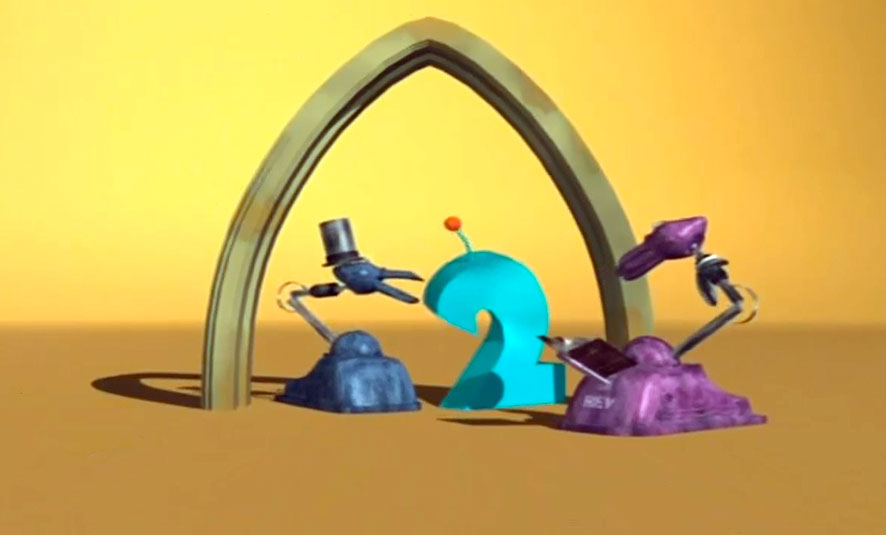
You can’t just schedule some programming and cross your fingers. A good theme night has to be a consistent whole. If the hosts are capable and trusted enough and their links strong enough, it needn’t even constitute one whole. See 1984’s Jazz On A Summer’s Day, which despite having its nine hours interrupted by not only Test Match highlights but also German language tutorial Prima! (“Pamela meets Magnus Magnusson again; Gerald gives her a surprise”) had Humphrey Lyttelton and Russell Davies providing links and context between It’s Trad, Dad! and George Melly introducing shorts made for video jukeboxes. See also the Eeyore and Tigger of the pop arts, John Peel and John Walters, marshalling the Video Jukebox Omnibus (originally on BBC1 but repeated opposite the election results in 1987 so it counts for us), 1989’s Animal Night being linked by two Fluck & Law creations, Gloria the cat and the Sir Alastair the dog, on Noah’s Ark “providing an amusing commentary on the issues under debate”, Adam Chance, Jill Richardson and Shughie McFee in a reconstituted Motel for 1994’s ATV Night, and the assorted weatherman gubbins between the programming on 1991’s Wet and Windy, including one interstitial involving Bernard Davey and Benjamin Zephaniah. It doesn’t even need to be human interaction, as Red Dwarf Night’s love story between a Skutter and a Lambie-Nairn ‘2’ played out grippingly over the course of the evening. Unfortunately 1993’s Radio Night tried to have its mixed media cake and eat it – Peter Cook as the voice of television and Josie Lawrence as the representative of radio bantering between appliances to no great end.
BEST EXAMPLE: 31st October 1992’s The Vault Of Horror had had the wind somewhat taken out of its sails at the outset, as anything having to immediately follow Parky’s possession on Ghostwatch would, but we cannot allow that to overshadow Dr Walpurgis, a heavily latexed host styled after the long established US horror movie portmanteau night tradition. Written for by genre sage Kim Newman and played by Guy Henry, recently “seen” in the much less demanding and interesting role of Grand Moff Tarkin in Rogue One, the charismatic, offhanded devil linked features and films to such great effect he would later return for three seasons of late night scares on BBC1 renamed as the more prosaic Dr Terror.
HOW TV HELL GOT IT RIGHT: Lazy couch potato Paul Merton is killed by a television falling onto his head from an upstairs window and taken under the wing of the Devil Angus Deayton, who condemns him to experience the worst TV ever as penance. Conceptual as anything, but works cleverly, and all self-penned by the pair. Someone’s even separated the links from the programming.
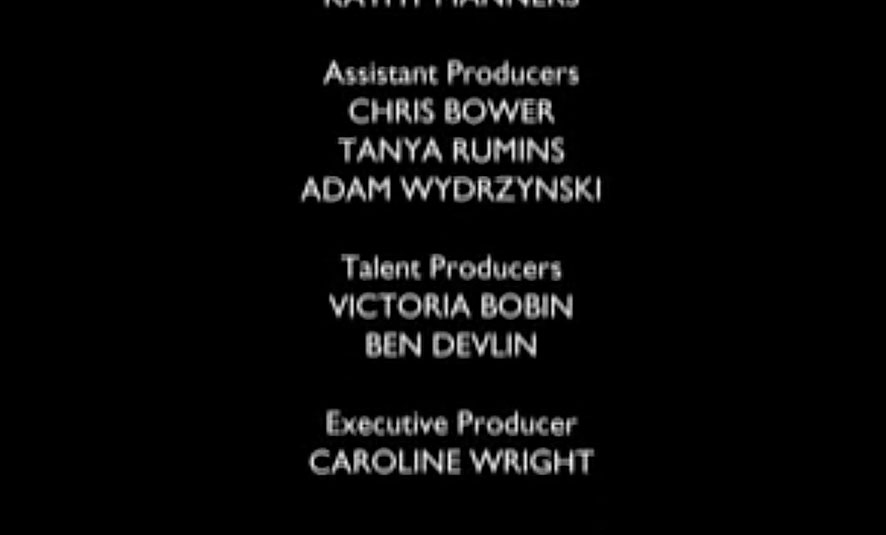
3. Get Caroline Wright on the case
Or whoever her predecessor was as majordomo of archive scouring. Finding a different angle on archivery is a BBC tradition that continues on into @BBCArchive and its Stilgoe/Fyfe Robertson obsessions, proving a well stocked documentary or a deceptively quick and easy genre A-Z gets a night, especially if something extraordinary turns up.
BEST EXAMPLE: ATV Night‘s A-Z is worth your while, especially as it gave house room to I Am Going To Be A Customs And Excise Officer.
HOW TV HELL GOT IT RIGHT: Wright produced several sections, including her first partnership of many (presenting and writing) with Danny Baker on surgical chat show dissection Hello And Goodbye. More broadly, most of the night was made up of clippage, an A-Z (The Official History Of Hell) inclusive.
4. Wear retro proudly, but not loudly
Through most of the 1990s beehived women in Mary Quant knockoffs, swirling green or purple patterned backdrops and Lulu dancing the Charleston on top of a flagpole was television’s accepted shorthand for the entire 1960s aesthetic. What stood out about the approach of the best theme nights that went back over television’s history is it loved the act of television and its intrinsic story more than remembering that show that used to be on with that bloke and the thing. Lime Grove, which marked the historic studio’s closure, gave An Unearthly Child, Whack-O! and a collection of current affairs films made for Tonight equal weight. 1992’s Granadaland, as far as we can tell Wright’s first credited theme night work, was as interested in Colin Welland as Corrie; ATV Night wasn’t even commissioned by Lew’s nephew. Even when they invariably got round to Monty Python in 1999 – a night Eric Idle had minimal input into, for what it’s worth – it wasn’t willing to get the job done without some long forgotten sketches and sending Michael Palin back to the outdoor locations.
BEST EXAMPLE: 1993’s One Day In The 60s, which may have styled its graphics on kitsch patterns but discarded cheap, easy reference points in favour of The Marshall McLuhan Golden Probe Show, in which the medium-is-the-message guru teamed up with Radio Times to test his theories, Jonathan Miller and Hermione Gingold on Call My Bluff, Man Alive on unmarried mothers, A Whole Scene Going (“Share your romantic problems with Lulu and Spike Milligan”), The Sandie Shaw Supplement, Adam Adamant Lives! and Germaine Greer debating the decade’s legacy on The Late Show.
HOW TV HELL GOT IT RIGHT: Kind of in the description, but rarely lazy even when pointing at the cheapness of It’s A Knockout or that some people who are famous cannot sing, a selection that included 1950s boxer Ingemar Johansson. You didn’t get that on The 100 Greatest TV Moments From TV Hell (a list show, lest we forget, where even the talking heads couldn’t summon up the required sarcasm for the number one)
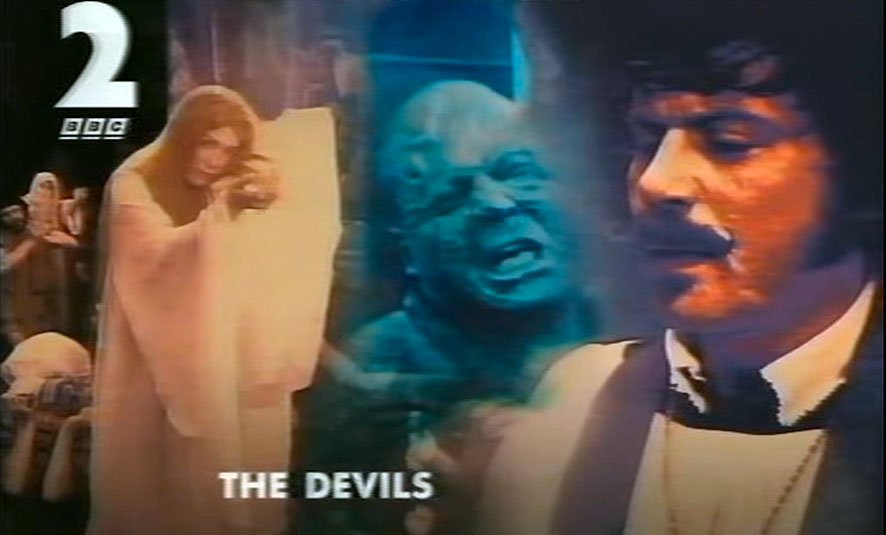
5. Hang the night around an in-depth new documentary
Even if it’s not promoted as the main part of the evening, a centralised new longform piece giving a night the veneer of seriousness. It doesn’t matter even if it’s something as obvious as Michael chatting to Lew for ATV Night, it’s all worthwhile original content to give even the lightest of subjects something of thoughtful weight to pivot around. 1994’s Roger Corman-linked Forteania of Weird Night featured a discussion on the nature of superstition that gave meaning to the night’s general air of “the X Files is popular, let’s work around that”. Conversely 1998’s do-you-see?-ery of Politically Incorrect Night took the opportunity to examine exactly what Miss World was at length, amid the pointing at out-of-context sitcom clips. 1994’s World Cup preview Goal TV had Nick Hornby examine the pull of the game (with a Mark E Smith cameo), while two years later, Best Night eschewed that clip of George pouring champagne into a pyramid of glasses in favour of the Pete Frame workout Manchester United Football Family Tree. David Attenborough, who has more scope than most to express wonder, couldn’t resist when gifted Natural History Night in 1996, giving an hour over to his own lifelong ambition of seeing birds of paradise in the flesh in New Guinea. And we’d contend that America’s First Family is one of the best examples of attempting to work out how the Simpsons got so big from their 2000 night, maybe the last great knocking of the form.
BEST EXAMPLE: 1995’s Forbidden Weekend by its nature shouldn’t really count as a theme night, being three evenings and overnights on filmic bad taste, but what could have easily been a gore’n’tits fest was given a reason by Empire Of The Censors, a two part cross-examination of the BBFC and British film censorship in general. As a triumphant coda its then-current chairman James Ferman then introduced the first network television broadcast of The Devils.
HOW TV HELL GOT IT RIGHT: At almost the precise mid-point came Nul Points: A Brief History of the Eurovision Song Contest, which even coming before the event’s rehabilitation and despite the evening’s themes, harboured surprising depth and an endearing attitude to its concepts and aims. About an hour later, even loftier topics were examined in detail in Storm In An Eggcup: The History of TV-am. If only they knew then what was to come.
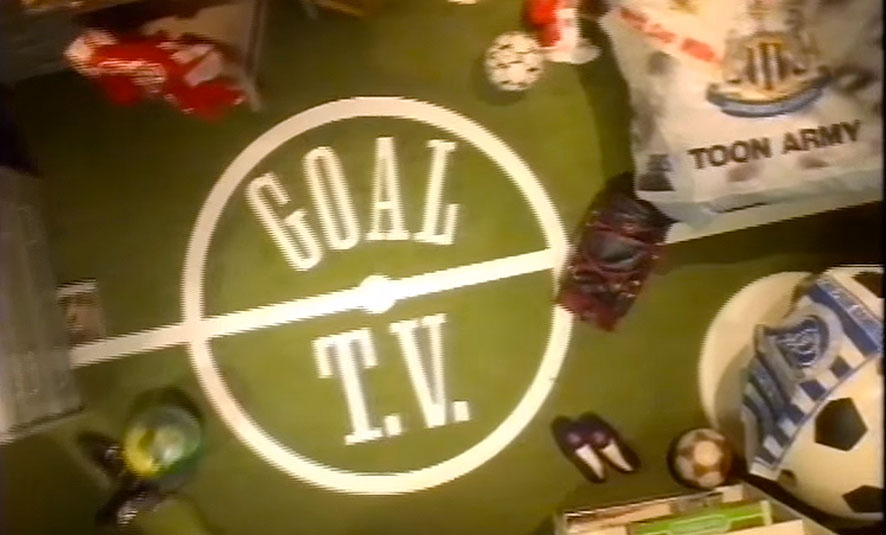
6. …and for the rest of the night’s new output let frivolity take over
Once a reason for the evening’s existence has been established, time for the unit production team to let down their hair and reach for the editing equipment. Animal Night ended in a debate on animal rights from the Royal Institution chaired by Donald MacCormick, and the tone thus set the rest of the evening could include a selection of footage about pigs, a film version of the epic poem Sacred Elephant and A Day In The Life Of Sam The Dog. Lime Grove Night restaged an episode of The Grove Family with Leslie Grantham, Sue Johnston, Nick Berry and Anna Wing. Wet and Windy visited the weatherman of the year competition, which is apparently a thing. Granadaland hosted Pro-Celebrity University Challenge, current students against famous former contestants. John Hegley played St Valentine for A Night Of Love; Forbidden Weekend was enlightened by British sex comedy overview Doing Rude Things. Radio Night not only had as a running theme The Seven Ages Of Radio, characterised by Ian McKellen and Professor Asa Briggs, but the terribly titled TV Theft, Radio Ripoff on the subject of the trade-off around comedy series, featuring Armando Iannucci’s first TV sketch. As time passed the irony rubicon was crossed – 1998’s Red Dwarf Night featured not only Can’t Smeg Won’t Smeg (Ainsley Harriott had had a small role in the series, which apparently made it OK) but also Universe Challenge, which is pushing it. From the same year Lee and Herring’s Reasonably Scary Monsters, from Monster Night doesn’t feature prominently on their CVs; and BP bloopers collection Carry On Blue Peter suffers for being made pre-Baker.
BEST EXAMPLE: Goal TV‘s Dear Football, 15 minutes of Scotsman without portfolio Stuart Cosgrove introducing letters supposedly to a series of figures and organisations within football, which gets our nod for its ending with, for no apparent reason, Ray Davies performing a rewritten version of Autumn Almanac entitled Sitting In The Stands.
HOW TV HELL GOT IT RIGHT: Three Victor Lewis-Smith interstitials!
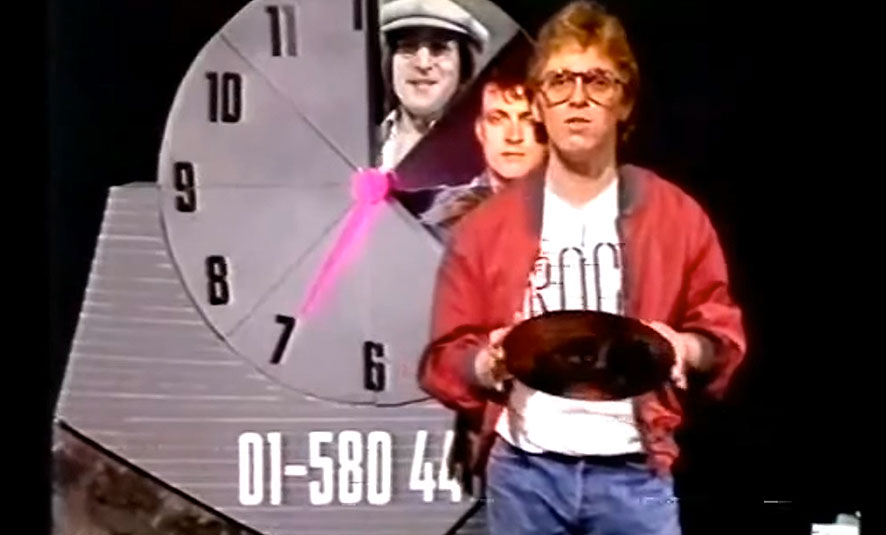
7. Make use of the music library
In its first few incarnations music, either pop or jazz, was the hook BBC2 hung their cultual titfer on. Rock Around The Clock, surely only by complete coincidence coming two months after Channel 4 ran A Midsummer Night’s Tube for five hours, allowed the Whistle Test team to claim overtime for up to 15 hours in one go in 1983, 1984 and 1986 – they were a bit busy in a Wembley box in the other year – introducing concerts (the first featured presentation in that initial year was that timeless perennial, Roman Holliday live at the Regal Theatre, Hitchen), documentaries and stuff half-inched from continental telly and trademark wryness. Most of the time the feature slung together some records under the arching theme – 1991’s weather crucible Wet and Windy included Paul Gambaccini’s top 10 meteorological hits, Valentine’s Day 1993’s A Night of Love boasted a collection of unrequited love songs based on real life stories sung by Sam Brown and Ruby Turner, and 1997’s Kung Fu Night (linked, of course, by Burt Kwouk) allowed Tim Westwood to demonstrate its influence on rap and hip-hop.
BEST EXAMPLE: 1984’s Rock Around The Clock, in what sounds like a move precision-engineered to annoy Noel Edmonds, our phone votes gave us the chance for the first time to select a show that went out later in the night. Queen’s 1975 Christmas concert beat Ry Cooder, the Thompson Twins, Lynyrd Skynyrd and the Q-Tips in what seems a very weighted set of nominees, though to add some colour to proceedings a bunch of pop stars, including Morrissey, popped in to allegedly answer calls and occasionally perform. Obviously we’d have been more interested in New Order live from Radio 1’s basement with Barney in a fetching pair of gym shorts swearing, and of course Rockalikes – “Steve Blacknell hosts the finals of the rock lookalike contest organised by Rock Around The Clock and the Daily Star.”
HOW TV HELL GOT IT RIGHT: Rock Bottom, half an hour of John Peel introducing Top Of The Pops clips that soared beyond the obvious touchstones and gave Philip & Vanessa and John Paul Joans surprise PRS cheques.
8. End with a judiciously chosen movie
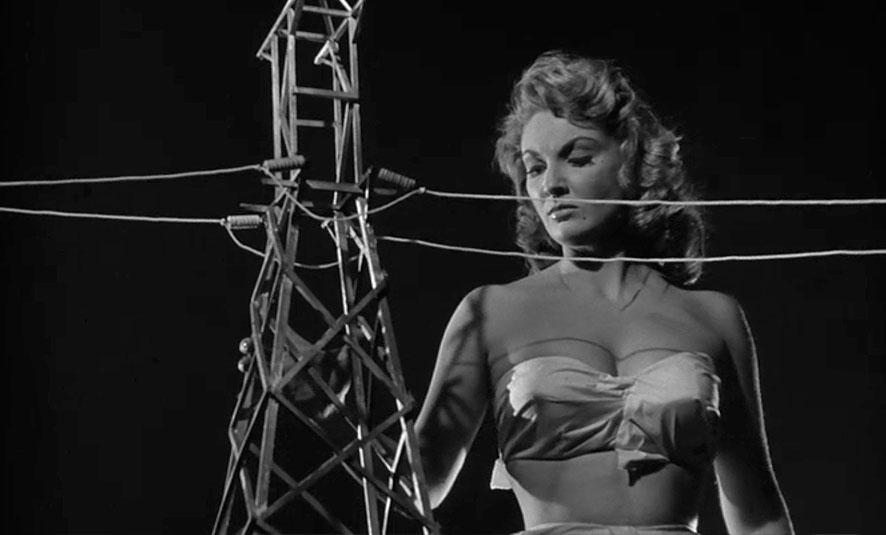
You can’t just let a good theme night drift away, and unless you have a true hook to end proceedings with – Radio Night closed with a simulcast of the Shipping Forecast, 1997’s Country Night hired Simon Hickson – you have to end either with something thematically linked to show these things aren’t just thrown together or something to send the casuals to bed, the latter theory starting off big as the first Rock Around The Clock ended with a 20-minute live version of Freebird. Eyespinning small hours kitsch was big, so One Day In The 60s had Barbarella, Weird Night finished off with Attack Of The 50 Foot Woman and Politically Incorrect Night rewarded your patience with Holiday On The Buses. Conversely 1993’s Birthnight decided to put people off its central idea with Rosemary’s Baby. It didn’t always work, but that may be due to thinking too hard or in the wrong place. It’s difficult to see where Great Balls Of Fire! fits in with the idea Radio 1 was trying to put across in 1997 with its night, but it’s practically Trainspotting by comparison with Wet and Windy, which chose to sign off with The Thing From Another World. Was it because the Thing is encased in ice?
BEST EXAMPLE: 1994’s An Evening In with David Attenborough focused on his time as BBC2 controller, and all David surely needed to do was to point to the fact that it ended with Network.
HOW TV HELL GOT IT RIGHT: A Diane Keaton documentary film about beliefs on the afterlife called… Heaven. Somehow, without being anything like what went on over the previous five hours it fits the attitude of the night perfectly.


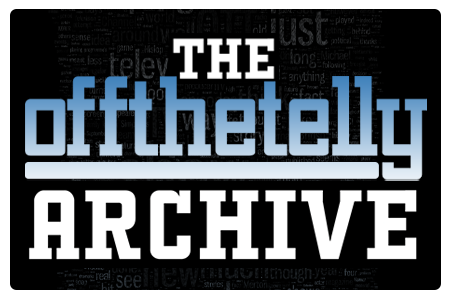
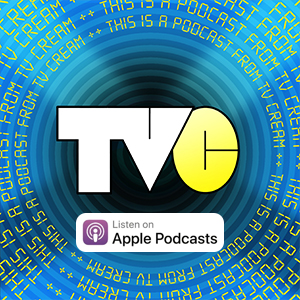
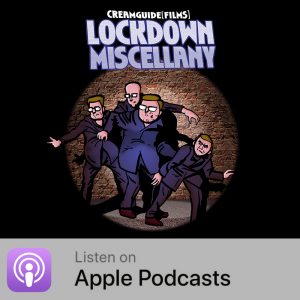
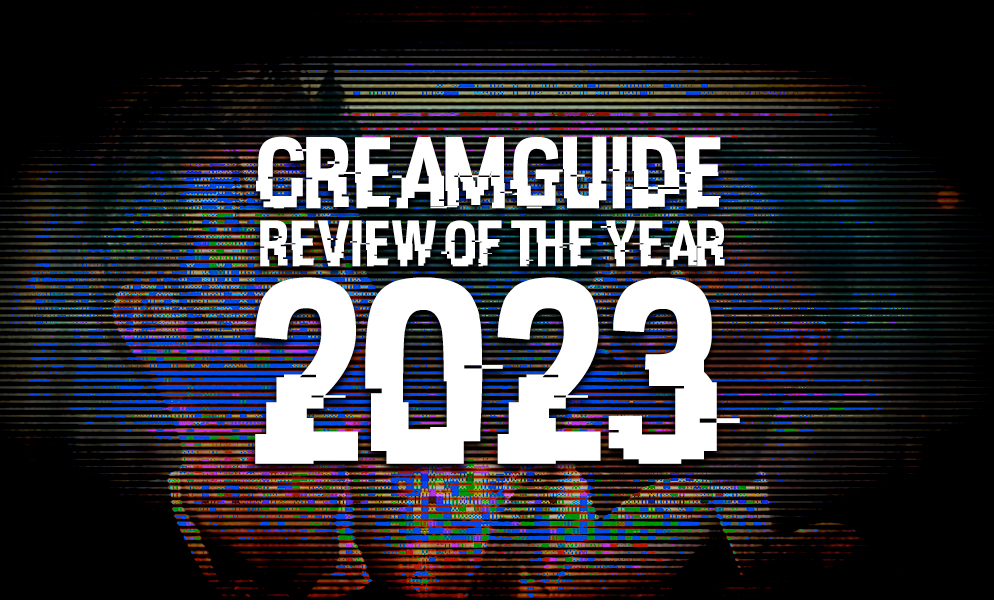
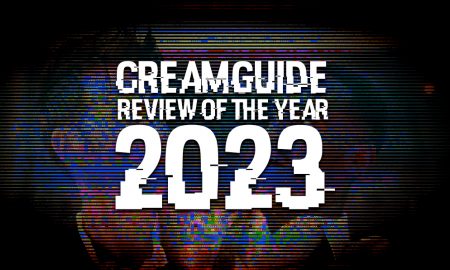
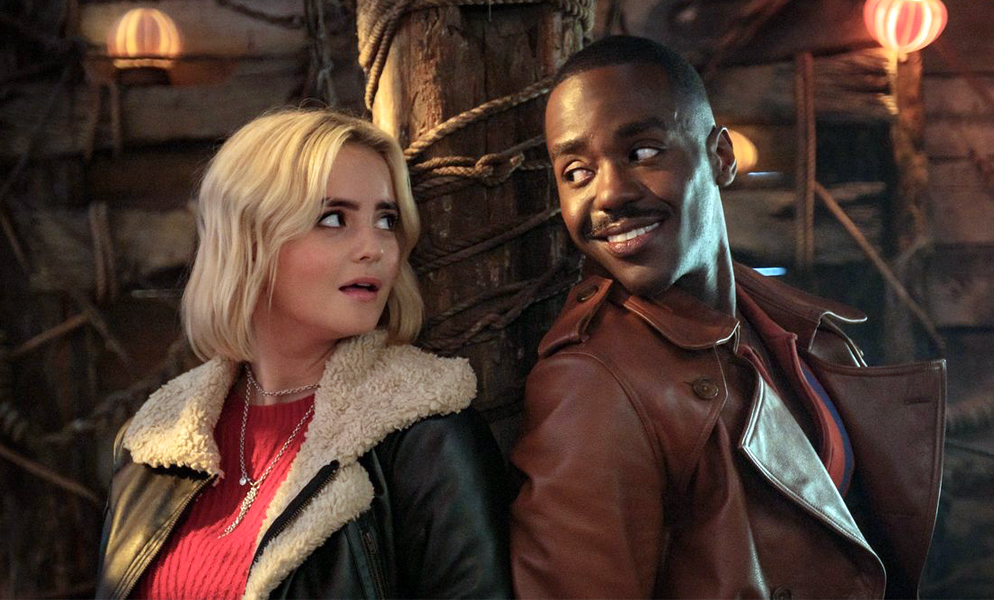
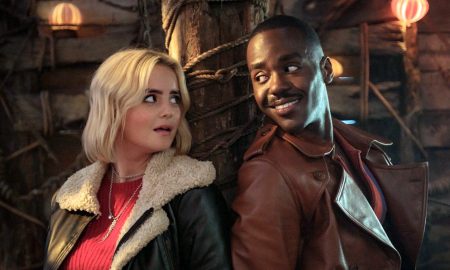
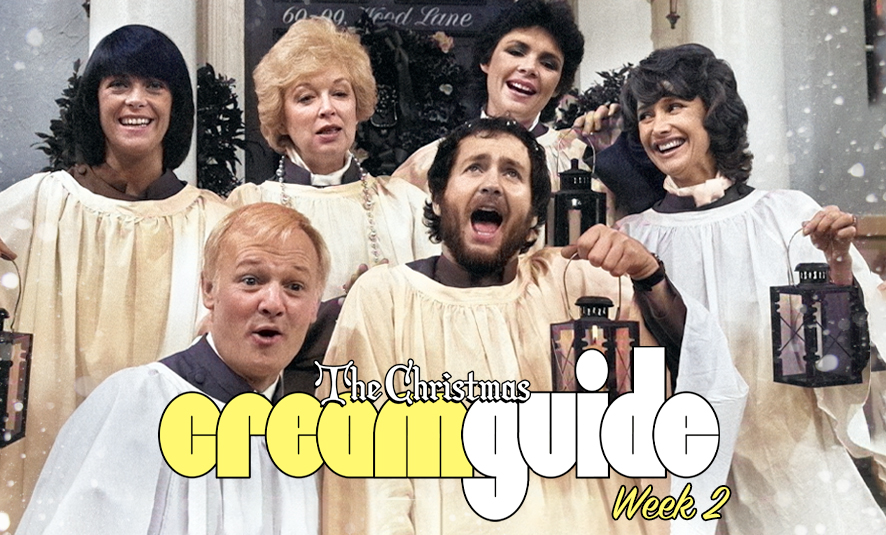
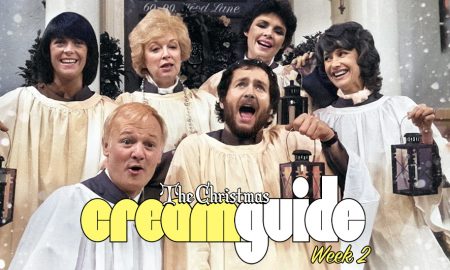
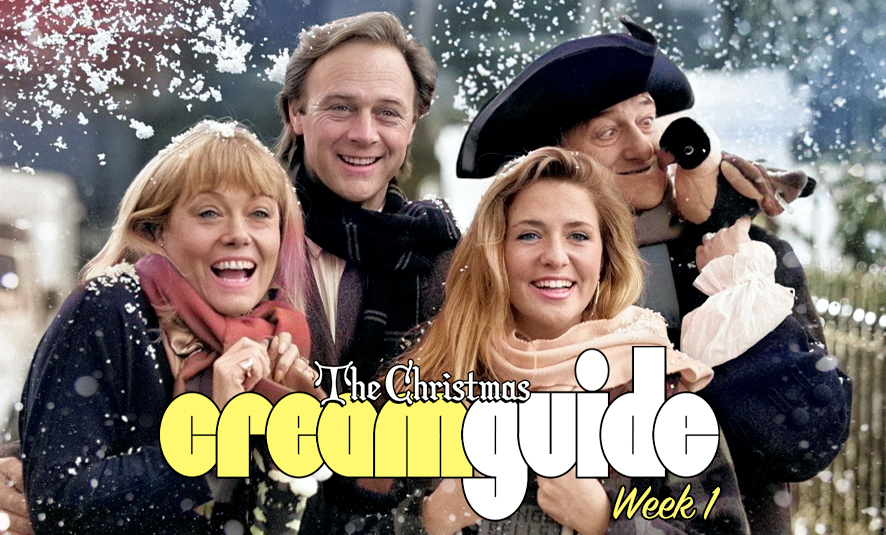
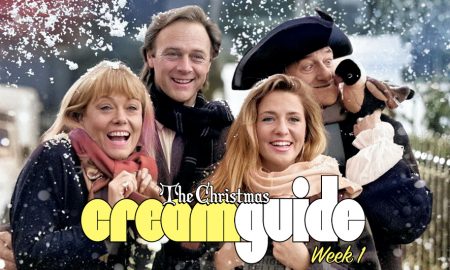
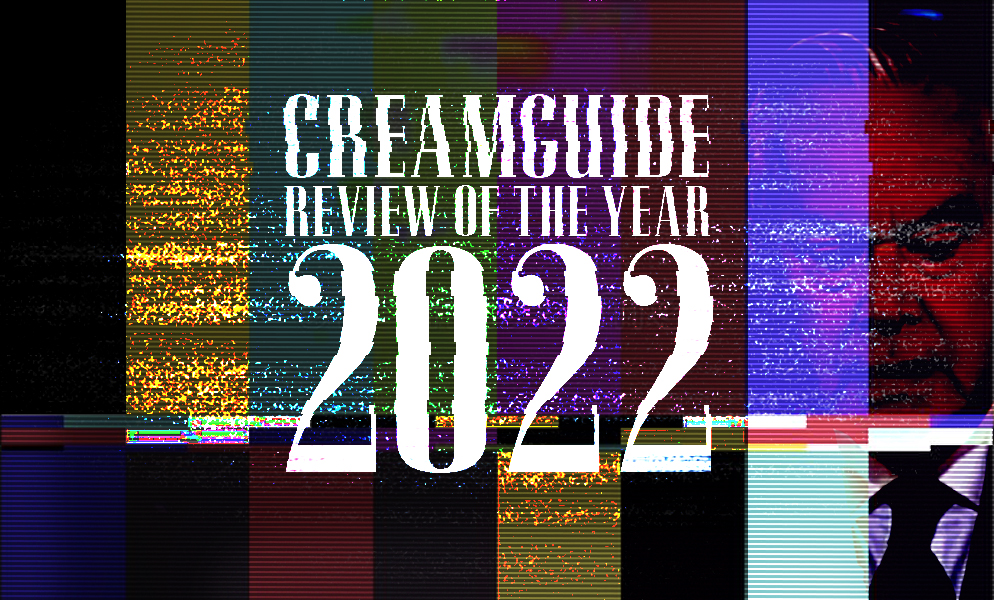
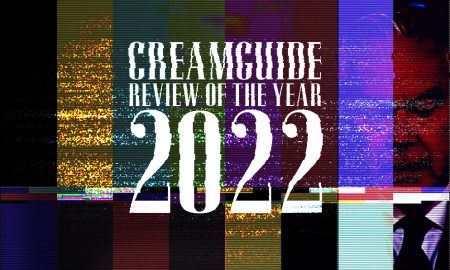

Adrian
November 10, 2017 at 2:48 pm
Yep, as far as the 70s was concerned, the accepted TV shorthand for this decade seems to consist of George Best pouring champagne into a pyramid of glasses (see above), a lady pushing a shopping trolley with a candle on the handle around a dimly supermarket, a teenage throwing stones at the security forces in Northern Ireland, and an employee using a hammer on an Austin Maxi on the Austin production line..
Applemask
November 10, 2017 at 4:08 pm
I like the effort they put in to the original I Love the 70s, where the documentary was just a part of a properly extensive themed evening, followed by a film from the appropriate year, that season’s Match of the Seventies, something else from the archives, and another film. They couldn’t be arsed to go to that trouble for the 80s and 90s series.
Richard16378
November 10, 2017 at 6:54 pm
I really liked TV Hell, it was great fun to watch & learnt about lots of programmes I’ve not seen before.
Cops & Docs On The Box were another good pair of them nights.
Clips that define the 1980s include that soldier in the Falklands carrying a flat, a yuppy with a brick mobile, Thatcher & Reagan making a speech & the Berlin Wall being knocked down.
Glenn A
November 10, 2017 at 8:12 pm
I think TV Hell should come back, as in the last 25 years there have been programmes that make Crossroads look like high art. Surely a look back on such excruciating tat as Celebrity Love Island, Red or Black and Don’t Scare The Hare is worth doing, even if some of the people who commissioned these shows are still around.
Glenn A
November 11, 2017 at 10:21 am
Wasn’t there some theme night devoted to Leni Riefenstahl, with the night’s viewing on BBC 2 rounded off with the premiere( in Britain) of The Triumph of the Will? After an hour of Sieg Heils, the Horst Wessel Lied and Hitler saluting out of a Mercedes, it was time to go to bed. However, fair play to BBC2 for showing such a controversial film, even if it was tedious and unpleasant.